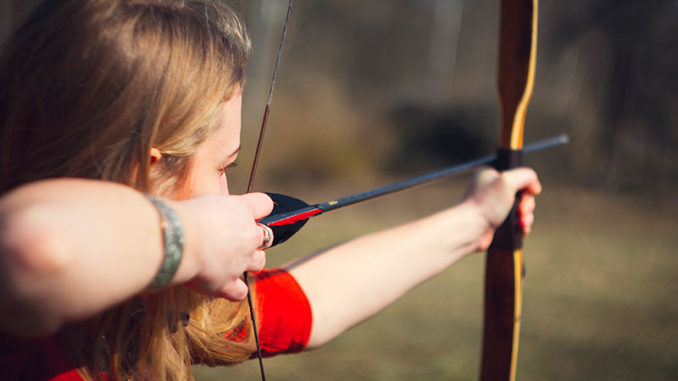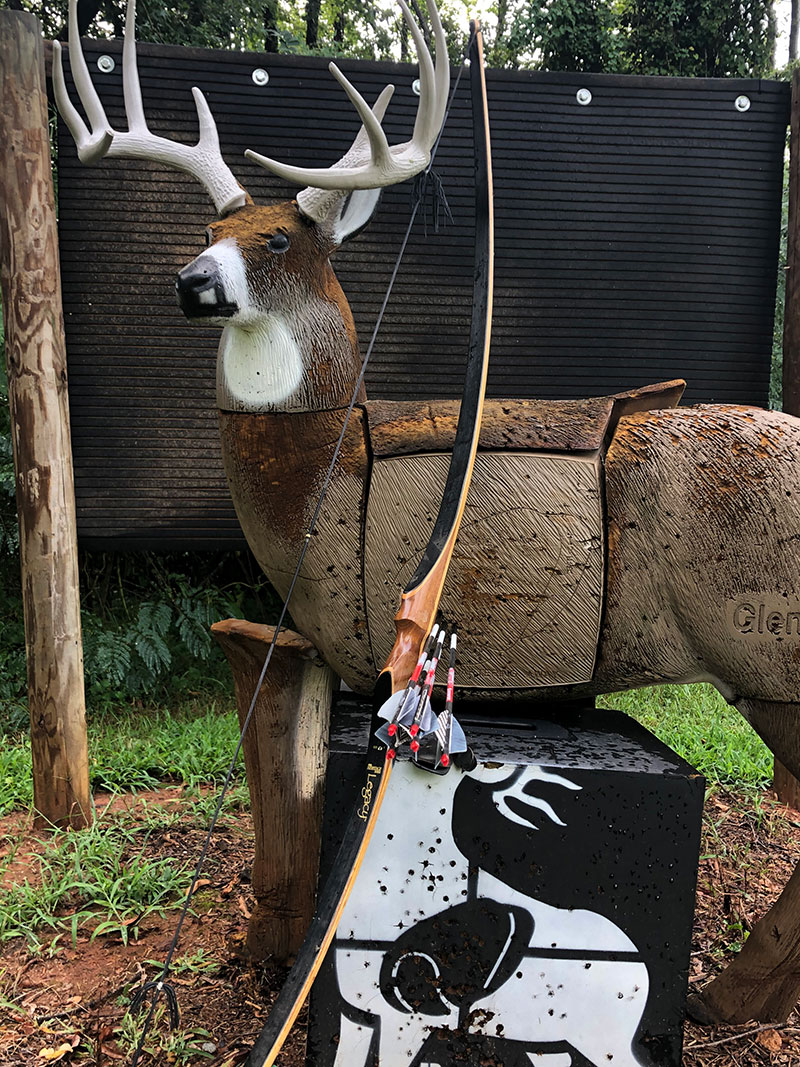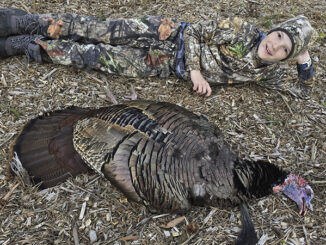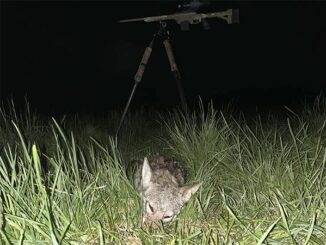
Several factors lead to archery hunters going traditional
The irony is thick. As the technology in compound bows continues to set new heights and achieve new levels of performance, more and more bow hunters are reverting to using a longbow and recurve bow for hunting.
The reason for the resurgence in traditional gear is hotly debated. Some of it is the nostalgia of it. Another reason is the technology of the modern compound is making it less difficult to use, and the challenge just is not there as it used to be. The price of new gear is a barrier to entry for many, so they chose the stick and string.
In 1996 I purchased a PSE 68-inch, 50-pound longbow as a gift for myself after completing my graduate degree. That longbow was so different from the compounds I was shooting. I was immediately transfixed by the thrill of shooting it.
Since that first longbow, my collection of longbows, recurves and others has expanded. Personally, I prefer the longbow over the recurve. Both are fun to shoot and, with a little practice, are quite proficient.
The first thing you will notice when shooting a traditional bow for the first time is how lightweight the bow is in your hand. None of my traditional bows approaches 2 pounds. The heaviest one is 18 ounces, compared to my compound bow at 4.5 pounds bare. With the sights, rests, etc. it pushes 5.5 pounds. The next thing you will notice is how quiet it is when the arrow is launched. It is almost completely silent. The arrow flight appears erratic as it slides off the shelf and begins to straighten itself in flight.
In addition, the speed is, well, slow when compared to a modern compound bow. If you are looking at a hunting compound that is shooting 285 fps, your best longbow is around 140 fps, and a recurve is 150 to 160 fps when pulling 50 pounds at 28 inches.
How do you select a traditional bow for yourself? I get this common question. Here are some tips to help.
 Shoot a friend’s bow if possible. Recurve or longbow, just shoot it and see how it feels. The biggest mistake new shooters to traditional archery make is getting a bow with too much poundage. As an example, on my compound bow I shoot 62 pounds. But on my longbows and recurves, I shoot 50 pounds. And, honestly, that is more than I like. When drawing a traditional bow, the farther you draw, the more weight you are putting on your limbs, fingers and shoulders.
Shoot a friend’s bow if possible. Recurve or longbow, just shoot it and see how it feels. The biggest mistake new shooters to traditional archery make is getting a bow with too much poundage. As an example, on my compound bow I shoot 62 pounds. But on my longbows and recurves, I shoot 50 pounds. And, honestly, that is more than I like. When drawing a traditional bow, the farther you draw, the more weight you are putting on your limbs, fingers and shoulders.
It’s addictive
A 50-pound longbow or recurve is plenty of bow for what you are doing. The next thing you want to do is decide which you like better, the recurve or longbow. Both are great. It is really personal preference at that point.
After you have selected the bow, you need to get arrows that are designed for traditional archers. Traditional arrows have feathers rather than vanes, a higher spine weight and are a shade more front of center in balance.
Once you have the set up, you must practice. If you have never shot instinctually before, be patient. It takes some practice, but it is not as difficult as it may appear at first.
Personally, I have always shot split fingers, one on top of the arrow and two below with my anchor at my mouth. Others prefer to shoot three fingers below the arrow and draw to their eye and look down the shaft of the arrow. Find what works for you.
The human body is amazing, and the ability of the mind to control your hands cannot be overstated. When practicing, if my arrows start to wander, I remind myself to focus on one spot, and more often than not, that spot is where the arrow will hit.
If you are considering going traditional, be careful. It is the most addictive part of archery I have personally experienced, and there is no turning back.
Old School bowhunting:
Many archery hunters are rejecting the high-tech, ever-advancing materials of modern equipment and finding joy in hunting with traditional bows.





Be the first to comment